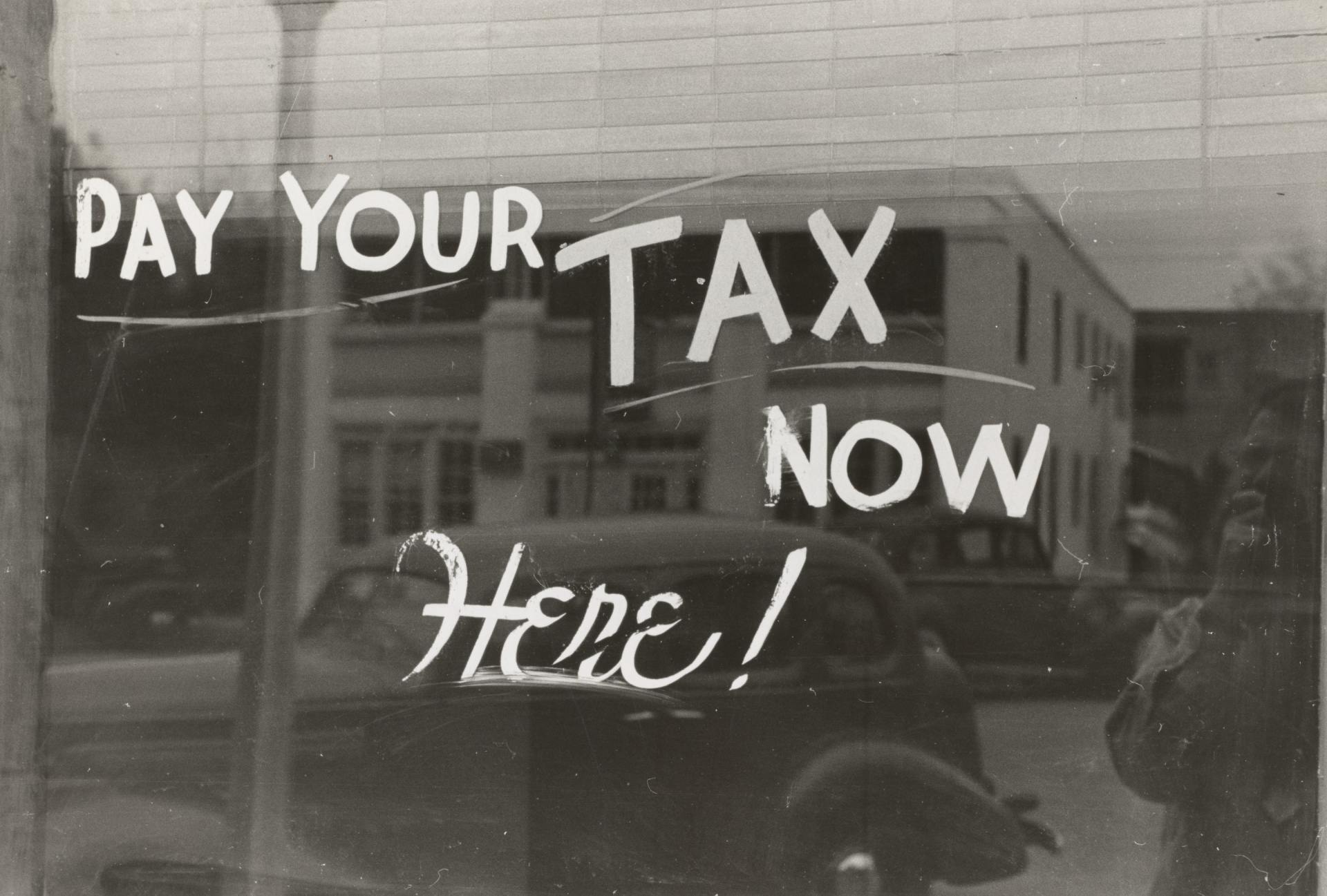What's the Deal with Estimated Tax Payments?
If you don’t have taxes withheld from your pay, or you are self-employed, you need to make estimated tax payments throughout the year. Self-employed individuals generally must pay self-employment tax (SE tax) as well as income tax. The SE tax is similar to the Social Security and Medicare taxes withheld from the pay of most wage earners. It’s only fair, right? If it’s required that company employees have their hard earned money taxed to fund a bankrupt system and never reap the benefits, the self-employed should be required to do too...obviously.
How do you know if you’re self-employed? Generally, you are self-employed if:
You work within a business as a sole proprietor or an independent contractor.
You are a sole proprietor if you own an unincorporated business by yourself.
Generally, if you operate a business set up as an LLC you are a sole proprietor but consult with a tax professional because not all LLCs are treated this way.
You are a member of a partnership that carries on a trade or business.
You are otherwise in business for yourself (this includes a part-time business).
The estimated tax requirement adds an extra layer of complexity to an already overly complex tax code, but it’s important to understand how, how much, and when to pay these estimate taxes to avoid being charged a penalty (How many ways to penalize taxpayers can the IRS come up with?). Self-employed individuals are required to both file an annual return and pay estimated tax quarterly. Each quarterly payment has a specific due date so please be aware.
I put together some quick recommendations to help you get a better understanding of estimated taxes and to help you stay in compliance.
1. Estimated tax payments must be made four times a year. The deadlines for these payments are generally April 15, June 16 and Sept. 15, and Jan. 15.
2. Pay estimated taxes if you expect to owe over $1,000 when you file your annual federal tax return. If based on income, deductions, and credits, etc., you end up owing less than $1,000 you would not have been subject to penalties for not making estimated payments. However, it doesn’t take much to owe $1,000. I suggest always paying the quarterly estimated taxes unless your sole proprietorship is truly not operating.
3. Estimate the amount of income you expect to make for the year to determine the amount of taxes you may owe. Sometimes this is hard to do, especially if you are in a business where you are paid irregularly. One tip is to base your estimated taxes for the current year on your previous years income. At the end of the year you can make adjustments on your annual tax return if its necessary.
4. Form 1040-ES has instructions on how to make these estimations if you plan to make estimated payments on your own. The form contains a worksheet that is similar to Form 1040 that you use for your individual annual taxes each year. I advise consulting with a tax professional about your estimated taxes in order to stay in compliance with the IRS.
5. As discussed, if you do not pay estimated taxes on time or pay too little, you may be hit with a penalty. You can generally avoid this penalty if you pay at least 90% of the tax for the current year, or 100% of the tax from your tax return for the previous year, whichever is less. To be safe, it usually makes sense to pay 100% of the tax from your tax return for the previous year. You don’t want to find yourself the subject of unnecessary penalties. You already pay enough in taxes. There’s no need to pay any more than you already are required.
6. If this is your first year of self-employment, you still need to estimate the amount of income you expect to earn for the year. You may be asking yourself, how am I ever supposed to be able to estimate your expected income if I have nothing to base it on? Yea, so I don’t know either. It won’t be a big deal though. If you estimate your earnings too high, you can fill out another Form 1040-ES worksheet to adjust your estimated tax for the next quarter. If your estimate was too low, the process is the same. You’ll fill out another Form 1040-ES worksheet to adjust your estimated taxes for the next quarter.





